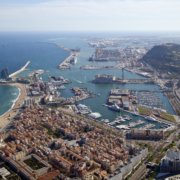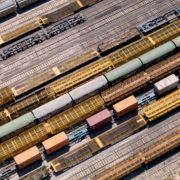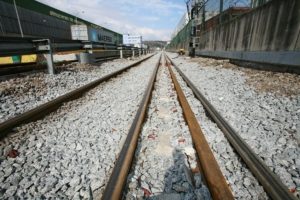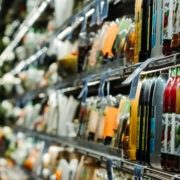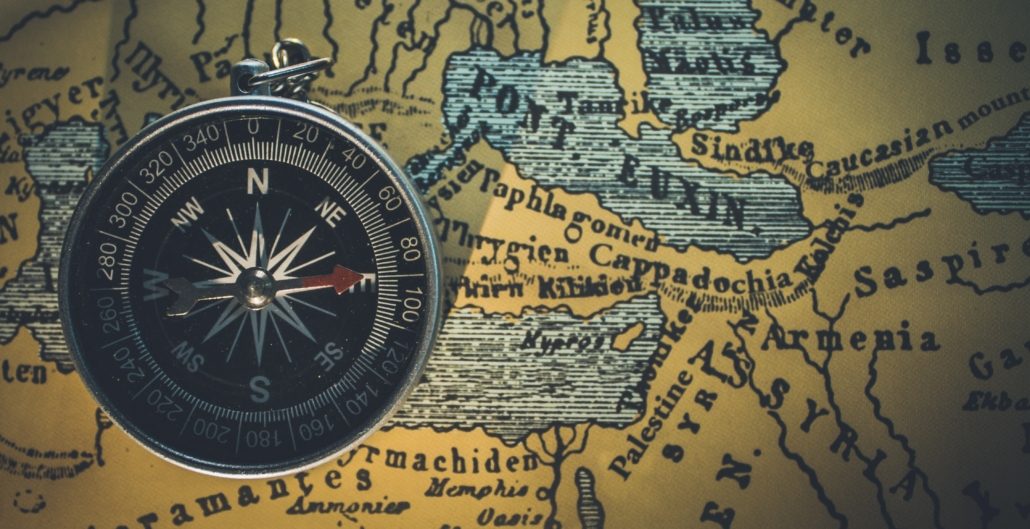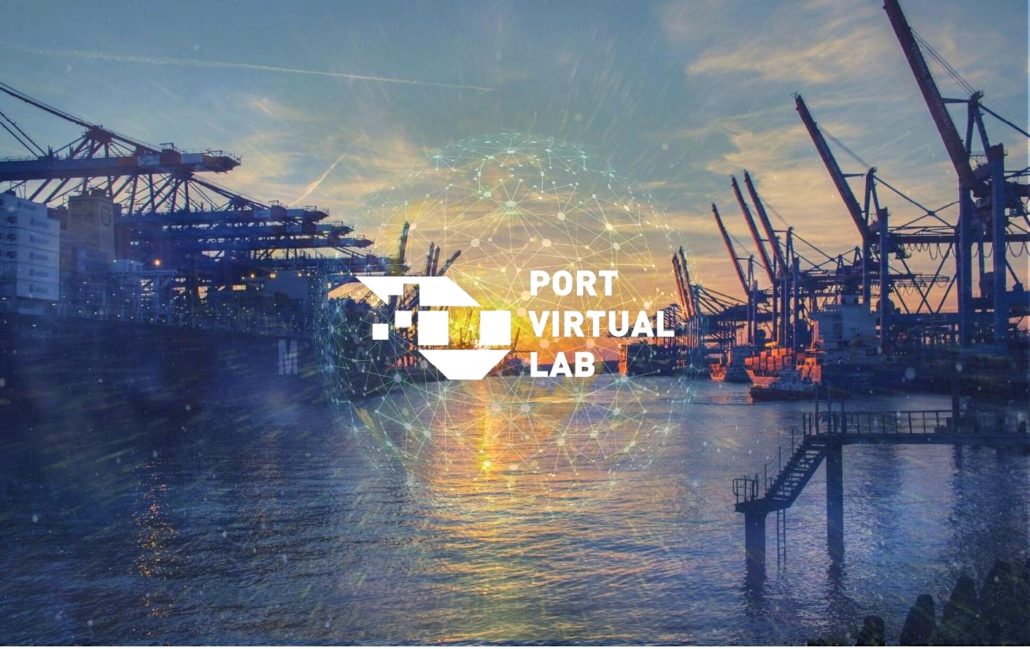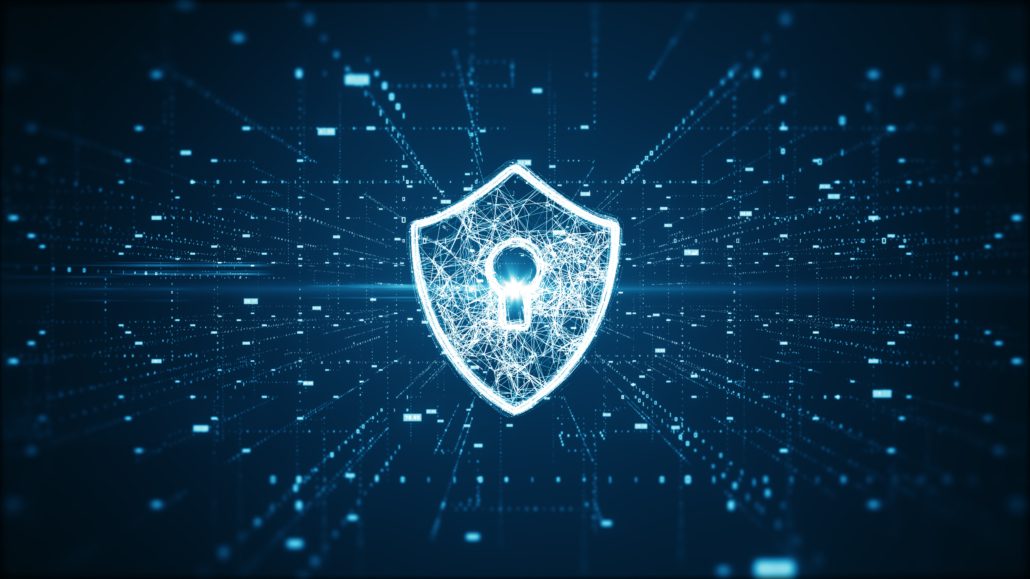The War for Talent
When I was younger, the search for employees was very different. Companies created preferred “job profiles,” which would remain unchanged for large periods of time. People would send in their job profiles and hope that they would be accepted for the advertised posts. Those with a university degree (any degree – as frequently the specialisation didn’t necessarily need to be directly linked to the job) were always held in higher esteem. The burden to fill the positions was carried by the unemployed.
We live in a different world now. Workers’ expectations for their professional careers and who they work for have changed. The pandemic has hastened a trend that was already gaining speed in the late ‘10s – of preferred workplace environments, possibilities for employee development and growth, and a work-life balance. On top of that, the rapidly changing nature of work fuelled by technological innovations and environmental ambitions has made job posts flexible, if not obsolete, flexible. This is true when we look at any industry, but when we look at the transport and logistics sector in particular.
The fight for talent
Attracting, identifying, and retaining talent is becoming one of the strategic issues for organisations in the post-Covid world. This is one of the exciting topics currently surrounding Port Logistics Communities (PLCs). Many of the members of these communities depend on each other, and thus the search for solutions and the effectiveness of any joint actions in this field is achieved through common work between different operators. Such inter-cooperation creates a working chain in which the weakest link represents the strength of the entire system. In practice this means that every person should do things to the best of their abilities to ensure overall success.
Until recently, a significant part of operator selection has been done traditionally through general testing and assessment of services. This approach is not ideal to effectively assess increasingly unpredictable or less repetitive operations, which require very short preparation and execution times, and where the margin for failure is small. Moreover, in today’s ever-connected world, it is necessary to rely on the quality of services provided by other participants in the operational chain, which makes individual evaluations complex. Increasingly, relationships must be based on a thorough knowledge of the way our suppliers operate, who then become collaborators and managers of different parts of the operations. Therefore, all of us must be concerned about the entire human element that makes up this team.
The quality of the Port Logistics Community is fundamental for its proper development.
The Port of Barcelona and the Training and Employment Group: a three-sided coin
The Training and Employment group of the Port of Barcelona’s Governing Council tries to help companies in the sector find and maintain the resources they need to adequately fill current and future vacancies. The companies in the port logistics sector are facing a new reality on a day-to-day basis: innovation has become the new fuel for companies, both due to the number of start-ups that pop up and because of the need for large companies to continuously reinvent themselves. This means that what until now was seen as a two-sided coin represented by training on one side and employment on the other, has now morphed into something new; with an third characteristic: innovation. This poses new educational challenges and calls for new training needs – for teachers and students – and new jobs.

To help respond to this situation, a programme made up of several sub-programmes was set up in Barcelona. Incorporating a 360º programme, the idea was to cover all levels of the ecosystem. This system has been called “Vine al Port” in Catalan (or “Come to the Port” in English). It encapsulates various sub-programmes that are aimed at specific audiences: “Descubreix el Port” (Discover the Port), “Aprenem Junts” (Learning together), “Format al Port” (Training in the Port), “Port Talent” (Port Talent) and “Benvingut al Port” (Welcome to the Port).

The goal of this innovative system is to help the Barcelona port community come out strong in the war for Talent by tackling the issues at the fore – identifying what are the training needs that the companies lack, creating training programmes that fill the educational gaps that may exist, helping young students understand the professions of the port community (and what the jobs themselves look like through experiential courses and internships), and then finally filling any existing (or new) positions with the best prepared new workers.
Conclusion
The Escola and the Port of Barcelona have now embarked on this journey to continuously improve the Port Logitics Community. The port must reflect and represent the entire port-logistics community, publicising how its companies treat their staff and how they embody their fundamental values and responsibilities. Doing so will facilitate the community’s public image and therewith help with the war for Talent.
Companies must focus on tangible benefits in the form of good remuneration, mutual health insurance, pension funds, training, promotion, location, etc. It is also important to establish an emotional connection based on initiatives linked to environmental issues, social work or volunteering. In this respect, the PLC can carry out actions that complement what individual companies do with activities such as the food bank or the “Solidarity Container”.
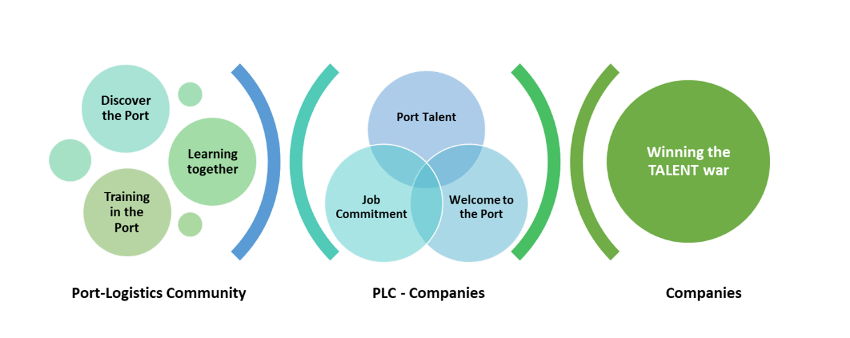
And finally, a sense of belonging must be fostered so that the people who work in the PLC feel that they are working on a common project with a scope that goes beyond what each one of them could achieve. It is important that this is known, understood and shared. The Port Community should be built together, with the collaboration of all partners involved.
In the new year we will be focusing more on our involvement in this Talent War. Keep an eye out for more news from us which will explain, with great detail, what “Coming to the Port” means and how you, or your colleagues or friends, can get involved to help our Barcelona port thrive.
I wish all of you a fantastic holiday season! 2022 has been, for lack of a more elaborate word, fascinating! The Escola has grown – through our port community, our projects and our initiatives. I am very exited to continue sharing with you our work in the new year.
Bon Nadal I Pròsper Any Nou
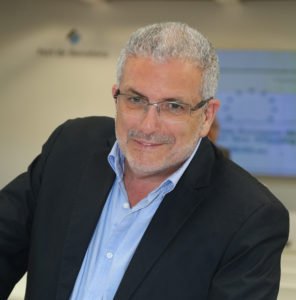 Eduard Rodés
Eduard Rodés
President of the Training and Employment Working Group
Of the Governing Council of the Port Community of Barcelona
Director of the Escola Europea – Intermodal Transport
Barcelona 12 December 2022

